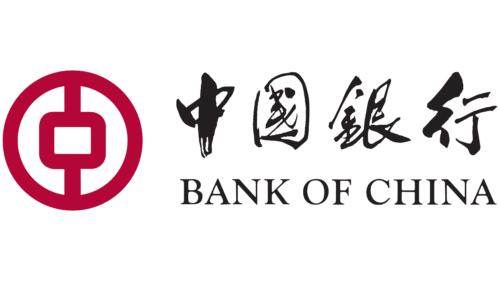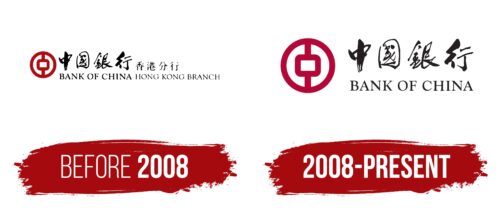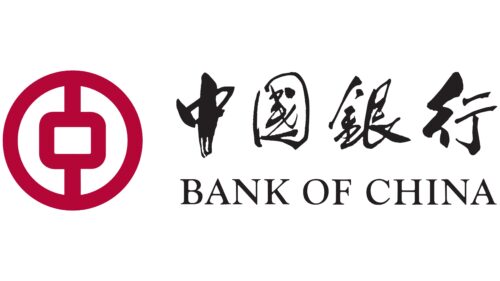Bank of China: Brand overview
| Founded: | 1912 |
| Founder: | Chen Jintao |
| Headquarters: | Beijing, China |
| Website: | bankofchina.com |
Meaning and History
Before 2008
2008 – today
Bank of China color codes
| Deep Carmine | Hex color: | #a71930 |
|---|---|---|
| RGB: | 180 7 56 | |
| CMYK: | 0 96 69 29 | |
| Pantone: | PMS 206 C |
| Raisin Black | Hex color: | #231f20 |
|---|---|---|
| RGB: | 35 31 32 | |
| CMYK: | 0 11 9 86 | |
| Pantone: | PMS Neutral Black C |






